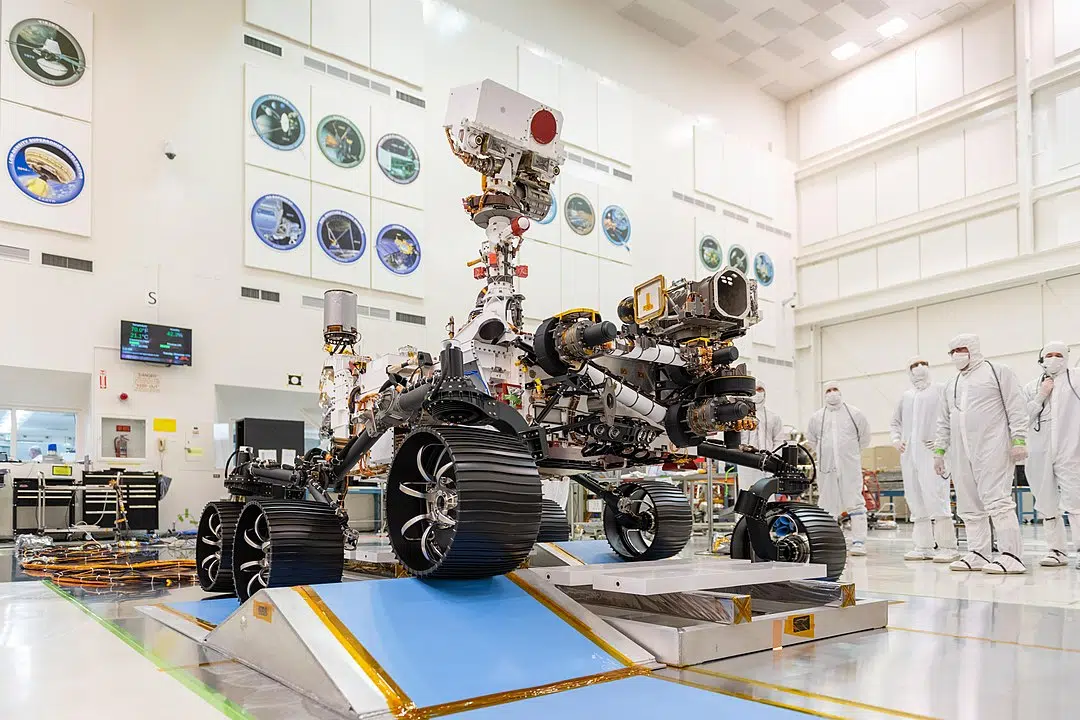
NASA wants to find a cheaper and more efficient way to bring back soil samples from Mars to Earth. It is also a top priority in the world of science in general. Due to tight budgets, NASA officials are looking for new ideas. They are welcoming proposals from NASA centers, labs, and space companies. The current plan has faced problems with technology, money, and rising costs.
During a conference call with reporters, agency officials mentioned they anticipate receiving alternative plans for review by this fall or early winter.
NASA’s budgetary issues
Nicky Fox, an associate administrator at NASA, highlighted that the revamp would emphasize “innovation and proven technology” to cut down on development time, risks, and costs rather than relying on major technological advancements.
The challenge lies in using familiar technology for spaceflight systems to achieve something unprecedented like launching a rocket from another planet’s surface. However, how NASA plans to resolve this apparent contradiction remains unclear, as reported by Reuters.
NASA’s decision to change the strategy for returning samples from Mars follows an independent review commissioned by the agency last September.
NASA Seeks Cheaper Ideas for Mars Sample Return Mission Amid Budget Crunch
NASA is looking to streamline its Mars sample return mission due to financial constraints. A formal request for proposals will be sent out to various entities for alternative plans to cut costs and… pic.twitter.com/N7DVr45RbL
— ChopChop Chicken (@ChopChopChicken) April 16, 2024
The review determined the program faced challenges from the beginning due to “unrealistic budget and schedule expectations.” It also highlighted issues with the mission’s organizational structure, noting that it was not effectively led.
Additionally, the Mars mission has been affected by significant budget cuts imposed by Congress this year. These cuts have resulted in numerous layoffs at NASA’s Jet Propulsion Laboratory (JPL) in Los Angeles, which plays a key role in the Mars mission.
NASA to send another robotic landing craft to Mars
Since 2021, the robotic rover Perseverance, built by JPL, has been gathering mineral samples from the floor of an ancient Martian lake bed known as Jezero Crater. These samples are being sealed inside tubes for later analysis in labs on Earth. Scientists hope to find potential signs of fossilized microbes.
In the next phase of the mission, NASA, in collaboration with the European Space Agency, plans to send another robotic landing craft to Mars. This craft will retrieve samples collected by Perseverance and launch them into Martian orbit. From there, a third spacecraft will collect the samples and return them to Earth.
Originally, retrieval and orbital vehicles were expected to launch around 2027 to 2028 with the samples returning to Earth by the early 2030s. The estimated cost for the entire process was set between $5 billion to $7 billion.
However, an independent review discovered the actual costs for the Mars sample return mission could skyrocket to as much as $11 billion with the latest designs. Furthermore, the review indicated the samples might not reach Earth until after 2040, according to Reuters.
See all the latest news from Greece and the world at Greekreporter.com. Contact our newsroom to report an update or send your story, photos and videos. Follow GR on Google News and subscribe here to our daily email!



